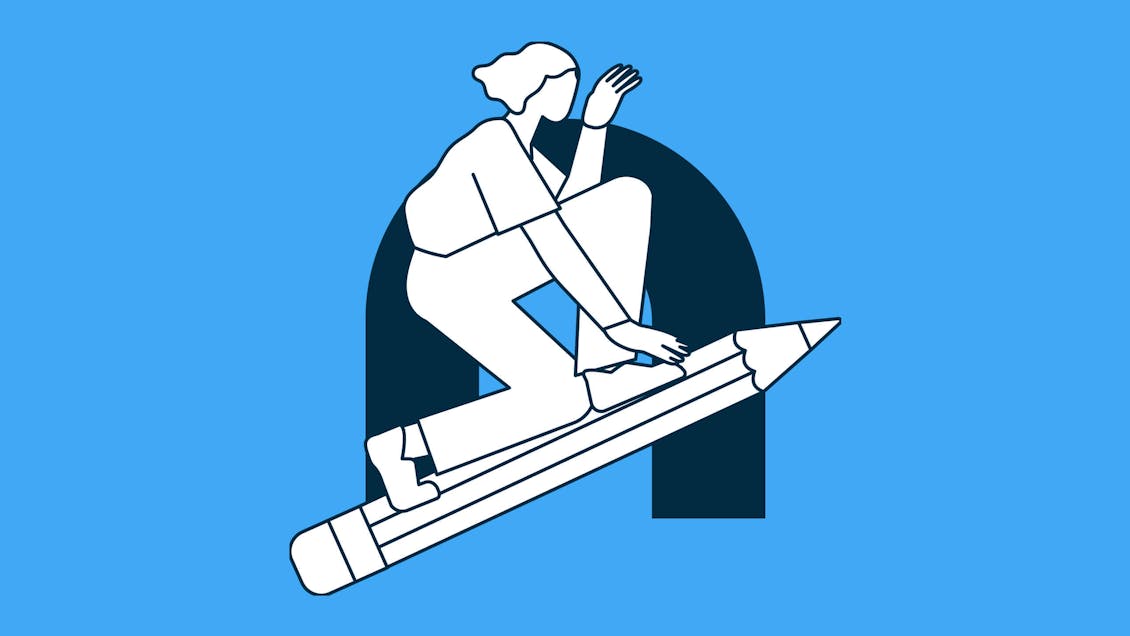Why your digital product needs a visual designer

A UX leader’s perspective on designing not just for utility, but for delight
As UX professionals, we’re trained to champion the user. We apply methods that help us understand real needs and behaviors: user interviews, field observations, customer journey maps, personas, and usability tests — all in service of creating digital products and experiences that are usable and functional. These techniques help ensure we’re solving the right problems and that the end result is something people can actually use.
But there’s something beyond usability and functionality that makes an experience one-of-a-kind: desirability.
Why desirability matters
Desirability is what draws users in. It creates emotional resonance, makes experiences memorable, and turns first-time users into loyal advocates. While functionality ensures your product works, and usability ensures users can interact with it easily, desirability is what makes people care.
Visual designers are engineers of emotion
Desirability isn’t just about aesthetics. It’s about generating excitement or curiosity, or conveying attributes like sophistication, trustworthiness, tranquility, friendliness, fun, or luxury. How you convey these attributes is where visual design comes in. Visual designers are trained to use color, typography, layout, motion, and iconography to evoke those emotions in purposeful ways. They don’t just decorate interfaces — they shape how people feel when using your product.
Let’s look at some of the distinct value a strong visual designer brings to a digital project:
1. They think systematically — but know when to break the rules
Visual designers are fluent in design systems. They understand how to build and apply a cohesive visual language across an entire product. From buttons to spacing to color usage, they create consistency that supports both usability and branding.
But good designers also know that rules are meant to be bent — sometimes even broken — when context calls for it. Maybe a product launch needs a moment of visual drama. Maybe an edge case doesn’t quite fit the system. Visual designers are adept at making thoughtful, contextual exceptions that keep your product feeling both polished and human.
2. They translate brand into experience
In digital products, your interface is your brand. Every screen, animation, and interaction contributes to how people perceive your company. If your visual design is bland or generic — let’s say, something stitched together from off-the-shelf UI templates — you’re missing a huge opportunity to express what makes your brand unique.
Visual designers bring your brand voice to life, ensuring that every pixel reflects your identity, values, and personality. When involved early in the process, they can help shape the experience from the ground up — not just apply a coat of paint at the end.
3. They thrive in agile teams
In agile environments, speed and flexibility are essential. But too often, visual design is treated like an add-on: something that happens after wireframes are approved or development is underway.
In reality, visual designers are most effective when they’re included from the start — in discovery workshops, user research sessions, and early ideation. When they have first-hand exposure to your business goals, user pain points, and technical constraints, they’re better equipped to make design decisions that are empathetic, informed, and aligned with the product vision.
This early involvement also ensures visual consistency as the product evolves through sprints. Rather than reacting to wireframes, designers can actively shape the solution alongside UX, product, and engineering teams — leading to faster iterations and better outcomes.
Actionable next steps
If you’re planning a digital product, or currently in the middle of one, here’s how you can better integrate visual design into your process:
- Involve visual designers from day one. Bring them into discovery and research phases to build empathy and context early.
- Embed visual designers in your agile teams. Give them a seat at stand-ups, sprint planning, and retros. Treat them as strategic partners, not stylists.
- Prioritize brand expression in the UI. Work with your designers to translate your brand into a visual language that’s distinct and memorable.
- Invest in a design system. A well-crafted design system is more than a style guide — it’s a toolkit that supports scalability, accessibility, and speed.
- Make desirability a design KPI. Don’t just measure usability or conversion rates. Incorporate qualitative feedback and brand perception metrics to gauge emotional impact.
Focusing on usability and functionality ensures you’re building something that works. But if you want your product to truly resonate — to create emotional connection, loyalty, and advocacy — then visual design can’t be an afterthought.
A great visual designer is more than a finishing touch. They’re essential to delivering experiences people don’t just use — but love.



